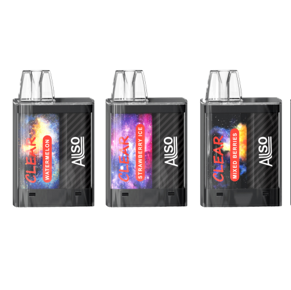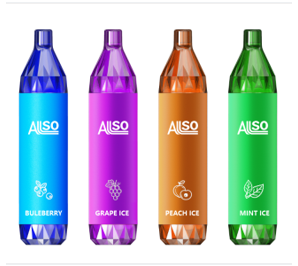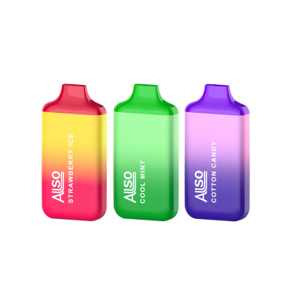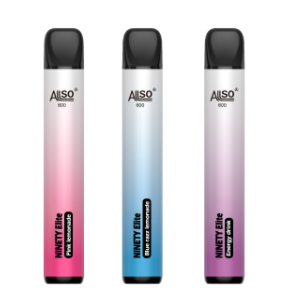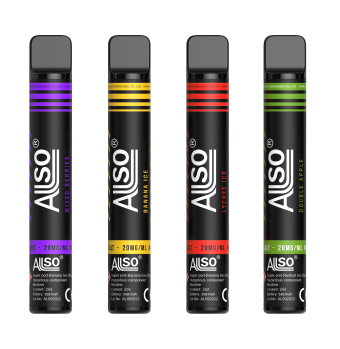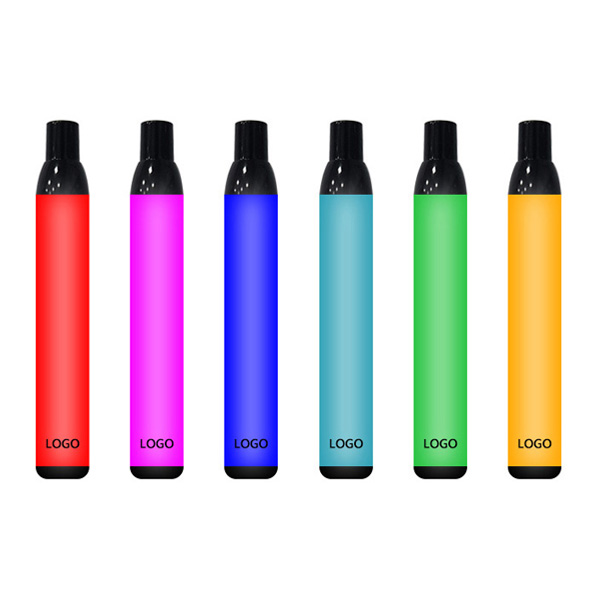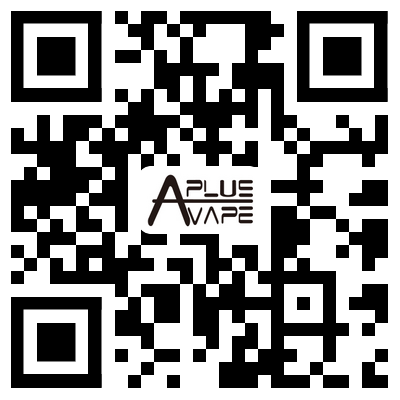1200 Puff Bar with FDA Approved E-liquid
Send Inquiry
Product Parameter (Specification) of 1200 Puff Bar with FDA Approved E-liquid
| Item No. | AK27 |
| Puffs | 1200 puffs |
| Battery capacity | 650 mAh |
| E-liquid capacity | 4 ml |
| Product Size | Φ19*116mm |
| Coil Resistance | 1.6 Ω |
Feature of 1200 Puff Bar with FDA Approved E-liquid
1. Can design configuration of this disposable vape for the client.
2. Surface treatment can be rubber oil painting or with stickers.
3. Aluminum pipe with PC drip tip
4. Our flavors are : Apple peach, Strawberry kiwi, Red fruit, Mixed berries,Blue razz ice, Bluberry sour Raspberry, Cool mint, Strawberry banana, Energy drink, Sour apple ice.
5. Flavors and nicotine strength also can be customized.
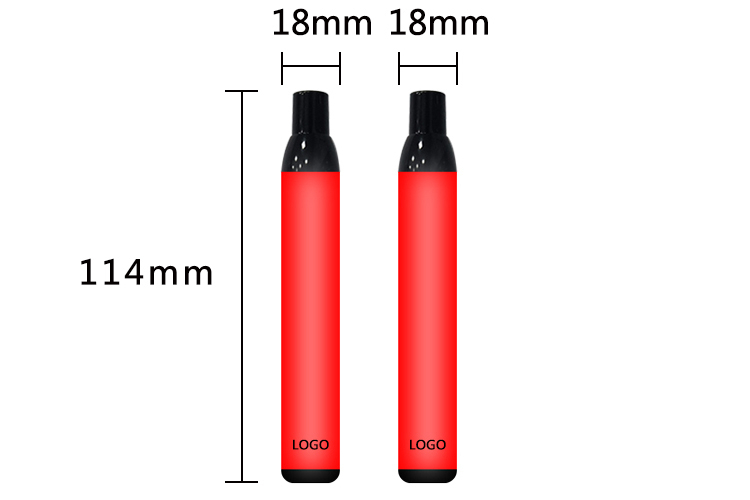
Q&A:
Most e-cigarettes consist of four different components, including:
a cartridge or reservoir or pod, which holds a liquid solution (e-liquid or e-juice) containing varying amounts of nicotine, flavorings, and other chemicals
a heating element (atomizer)
a power source (usually a battery)
a mouthpiece that the person uses to inhale
In many e-cigarettes, puffing activates the battery-powered heating device, which vaporizes the liquid in the cartridge. The person then inhales the resulting aerosol or vapor (called vaping).
There is a risk that a poorly-designed, or poorly-manufactured battery could develop a fault causing it to catch on fire. That's a problem!
In order to ensure that the batteries we ship cannot break down and cause a fire, we need to rigorously test the design and quality of our battery to ensure they are designed and manufactured correctly so that this cannot happen. Luckily for us, the experts over at the United Nations Transport committee have extensively researched and developed a test to check just that!
It isn't just for Lithium Batteries that they have developed tests, for decades they have been developing tests for Dangerous Goods for a whole range of uses, and these are all codified into the UNECE Reccomendations on the Transport of Dangerous Goods Manual of Tests and Criteria (currently Revision Number 7) and to help us out, the manual itself is available online.So, for a number of reasons, the test was added to the Manual of Tests and Criteria in Section 38.3 (starting on page 428). This is why the test was creatively named 'The UN38.3 Test'.




















































